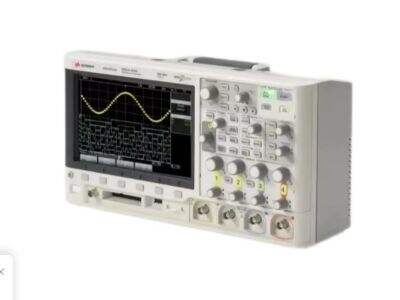And finally - the power of color for communicating signals
Did you ever question why a picture can enhance your perception of the sounds or signs that surround you? Color can be critical to the visualization of signals; it helps you see your data’s patterns, trends, and anomalies more easily. If you need to measure and analyze a signal, you can use an oscilloscope to visualize an electrical waveform. And by the addition of rainbow colors, you can have more fun with your signal analysis.
Exploit the color capabilities of your oscilloscope
Oscilloscopes are instruments that can show the waveform of an electrical signal. Coloring your oscilloscope with the output signal can lead to a clearer picture and better confidence in post processing the signal. Various colors can correspond to different types of signals or can draw focus to a particular aspect of the waveform. This can enable you to easily spot out the anomalies or the trends in the data, and you can take decisions wisely.
Analysis of signals with dynamic color displays
Bright displays can help the user differentiate between several signals or waveforms that appear on an oscilloscope screen. You can keep track of the signals better if you color-code them by channel or measurement. This can be extremely useful for cumbersome tasks or if one is looking to simultaneously compare several signals. With a color-enhanced display, you’re able to simplify the process of analyzing your signals and increase your understanding of the content.
If you have an oscilloscope with a color display
It matters which color you choose in order to convey information quickly. For instance, you might chose red for high-voltage and blue for low-voltage. And the last step is to find a colour scheme that you like, for the readability and legibility of the your oscilloscope readings. You can also use color to emphasize interesting points in the waveform, such as peaks, valleys, or boundaries.
Revealing new information and details with color-enhanced signal visualization
Color accents can allow you to see patterns and details much faster than a grayscale display. By coloring parts of your signal with these interpretations, you can understand them more and their behaviour. Keeping everyone’s well-being in mind, this could allow for better decisions, for better analysis and better measurements. Empower yourself with the vitality of color and take your oscilloscope readings to the next level with new signal visualization possibilities.






